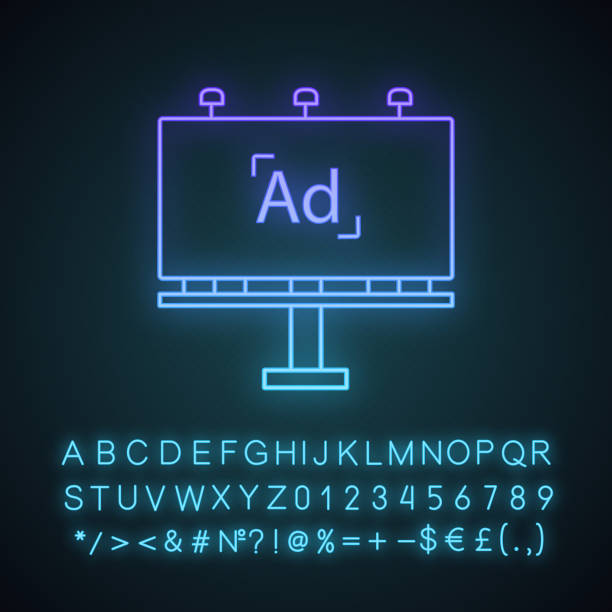Introduction to Secure Website Design and Its Importance in the Digital World

In the current era, where communications and business transactions are increasingly shifting to the internet, the #importance of #secure_website_design becomes more apparent than ever.
A website is not merely an online presence, but rather a business storefront, a communication platform with customers, and a repository of valuable data.
Hence, protecting this digital asset against cyber threats is considered a vital matter.
Website security does not only mean preventing hacker attacks; it also includes protecting user information, maintaining data integrity, ensuring service availability, and preserving business reputation.
An insecure website can lead to loss of customer trust, heavy legal penalties due to privacy breaches, and even the cessation of business activities.
Therefore, every individual or organization looking to launch or maintain a website must carefully adhere to the principles and strategies of secure website design.
This process begins from the initial planning and development stages and and continues consistently throughout the website’s lifecycle to provide a reliable platform resistant to cyber attacks.
The importance of this issue is so significant that many companies make considerable investments in this area.
Are you dissatisfied with the low visitor-to-customer conversion rate on your e-commerce site?
With professional e-commerce website design by Rasawweb, solve this problem forever!
✅ Increase visitor-to-customer conversion rate
✅ Create an excellent user experience and build customer trust
⚡ Get free consultation
Common Website Security Threats and Ways to Identify Them

Understanding the #types of #cyber_threats is the first step in the path to secure website design and making it resilient.
Website attacks can take various forms, including SQL injection, which allows an attacker to inject malicious code into the website’s database to extract or manipulate sensitive information.
Cross-Site Scripting (XSS) attacks are also common threats that allow an attacker to inject malicious scripts into web pages and target users’ browsers, which can lead to the theft of cookies, session information, or changes to the website’s appearance.
Cross-Site Request Forgery (CSRF) attacks trick users into performing unwanted actions on other websites.
Furthermore, DDoS (Distributed Denial of Service) attacks aim to make a website unavailable by sending a massive volume of traffic, while Brute Force attacks attempt to guess passwords by trying countless combinations.
Security vulnerabilities in plugins, themes, or the core of the Content Management System (CMS) can also be entry points for attackers.
Identifying these threats and vulnerabilities requires specialized knowledge and the use of security scanning tools and penetration testing.
Regular code inspection, log monitoring, and continuous software updates are essential for identifying and resolving these vulnerabilities.
Fundamental Principles of Security Design from Foundation to Implementation
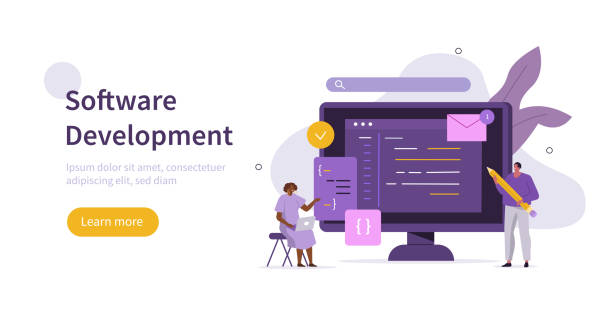
To ensure secure website design, a Security by Design approach must be adopted.
This means that security should not be an add-on at the end of the development process, but rather integrated into every stage, from initial design to deployment and maintenance.
#Principles of #sustainable_security include reducing the attack surface, i.e., limiting unnecessary functionalities and open ports to minimize potential entry points.
The principle of Least Privilege also means granting the minimum necessary access to users and systems to perform their tasks.
Separation of Duties is another important principle that prevents the concentration of power in the hands of one individual or system.
Using valid inputs (Input Validation) is crucial to prevent code injection and other attacks, meaning all user inputs must be carefully validated and filtered.
Data encryption, both in transit and at rest, is an essential protective layer.
For creating a secure site, using strong encryption algorithms and continuously updating them is crucial.
Proper session management and preventing session hijacking are also of high importance.
Implementing strong authentication mechanisms, such as two-factor authentication (2FA), can add a significant security layer.
Finally, secure coding and avoiding vulnerable programming patterns are the foundation of a resilient website.
The Role of Security Protocols in Protecting User Data
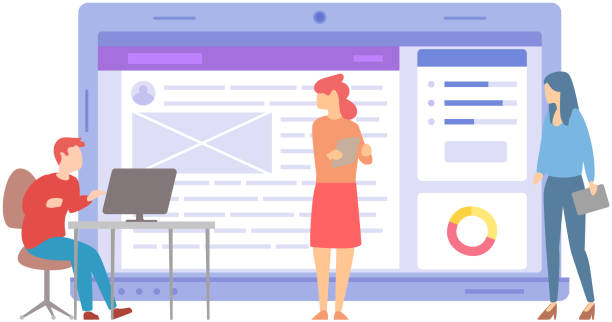
One of the main pillars in secure website design is the correct use of security protocols.
#Web_security_protocols like HTTPS (Hypertext Transfer Protocol Secure) play a vital role in protecting data exchanged between the user’s browser and the website server.
HTTPS is the secure version of HTTP and uses SSL/TLS (Secure Sockets Layer/Transport Layer Security) certificates for encrypting communications.
This encryption ensures that sensitive information such as usernames, passwords, credit card details, and other personal data will not be intercepted or tampered with by third parties during transmission.
An SSL/TLS certificate is a small data file that encrypts web communications and verifies the website’s identity.
The presence of this certificate leads to the display of a green padlock icon in the browser’s address bar, which is a sign of trust for users.
Not using HTTPS not only makes the website vulnerable to Man-in-the-Middle attacks but can also decrease the website’s SEO ranking, as search engines like Google prioritize websites with HTTPS.
For building a secure site, choosing a reputable SSL/TLS certificate provider and properly configuring it on the web server is essential.
Other protocols such as SSH for secure server management and SFTP for secure file transfer should also be considered.
Does your current website build the trust that potential customers should have in your business? If the answer is no, it’s time to have your professional and impactful corporate website with Rasawweb.
✅ Fully custom design tailored to your brand identity
✅ Increase lead generation and boost your business’s credibility in the eyes of customers⚡ Contact us for a free consultation!
Database Management and Protection Against SQL Injection
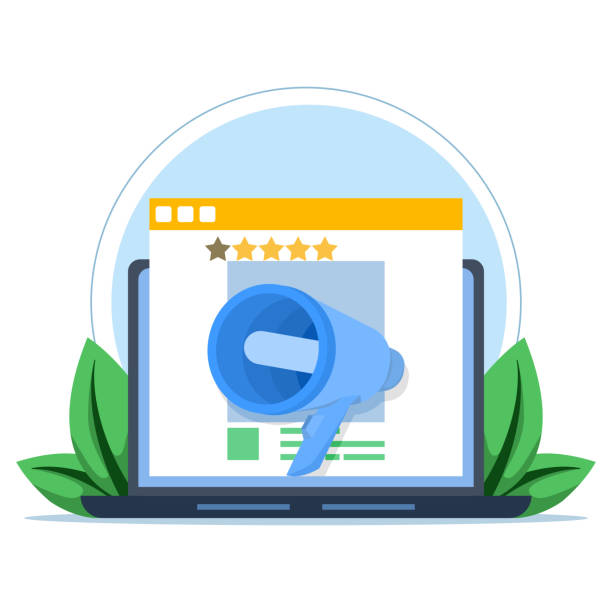
The database is the beating heart of any website, where crucial user information and site content are stored.
Therefore, #secure_database_management is an integral part of secure website design.
One of the most common and dangerous attacks on databases is SQL Injection.
In this attack, the attacker injects malicious SQL code into form inputs or a website URL, tricking the system into executing these codes as legitimate SQL commands.
This can lead to unauthorized data access, deletion or modification of information, or even access to the entire system.
To counter SQL injection, it is essential to use Prepared Statements with Parameterized Queries when interacting with the database.
This method ensures that user inputs are processed as data, not as executable code.
Also, strict validation and filtering of all user inputs before sending them to the database are of high importance.
Limiting database user access to the Least Privilege, regular updates of the Database Management System (DBMS), and deleting default or unnecessary user accounts are also important security measures.
Encrypting sensitive data in the database and regular, secure backups of information are also vital for website security design.
Application Layer Security and Preventing XSS and CSRF Attacks

Application layer security, which includes the website’s coding and business logic, is another critical aspect of secure website design.
#Application_layer_attacks such as XSS (Cross-Site Scripting) and CSRF (Cross-Site Request Forgery) can cause serious damage to users and website reputation.
In an XSS attack, an attacker injects malicious code (usually JavaScript) into a web page, which then executes in the visiting users’ browsers.
This can lead to the theft of cookies, session information, alteration of page content, or even redirection of users to malicious sites.
To prevent XSS, all user inputs must be properly validated, and all outputs displayed in the browser must be encoded or escaped.
This ensures that the browser interprets injected codes as plain text, not executable code.
On the other hand, CSRF enables an attacker to trick an authenticated user into sending an unwanted request to another website without their knowledge.
This can lead to password changes, fund transfers, or other malicious actions.
To ensuring website security against CSRF, using CSRF Tokens is a common and effective method.
These tokens are random, unique values generated for each request, and the server verifies their validity before processing the request.
Additionally, using security headers like Content Security Policy (CSP) and HttpOnly flags for cookies can help reduce the risk of these attacks.
Developers must receive the necessary training in secure coding and use frameworks and libraries that have built-in security mechanisms to combat these attacks.
Choosing Secure Hosting and Infrastructure for Your Website

The foundation of secure website design is choosing #secure_hosting and a strong infrastructure.
Even if your website is completely secure in terms of coding, an insecure hosting can nullify all your efforts.
When choosing a hosting provider, several key factors must be considered.
First, examining server security protocols, including firewalls, Intrusion Detection Systems (IDS), and Intrusion Prevention Systems (IPS), is essential.
Firewall plays a vital role in filtering malicious traffic.
Second, the hosting’s backup and data recovery policies must be transparent and reliable.
In the event of an incident, the ability to quickly and fully recover data is crucial.
Third, security updates and patch management; a reputable hosting provider regularly updates its operating system and server software to address known vulnerabilities.
Fourth, technical support and the ability to respond quickly to security incidents.
A strong support team can assist you in emergencies.
Fifth, additional security options such as malware scanning, free or inexpensive SSL certificates, and DDoS protection.
Dedicated hosting or VPS (Virtual Private Server) generally offer more security than shared hosting, as they have completely separate resources and environments.
Researching and choosing a company with a long history and good reputation in security is a fundamental step towards increasing website security.
Penetration Testing and Continuous Security Assessments

After secure website design and its deployment, the work of security does not end; instead, it requires #continuous_security_assessment and Penetration Testing.
Penetration testing is the process of simulating cyber attacks on a system or network to discover its security vulnerabilities.
This process is carried out by security specialists (ethical hackers) who try to identify weaknesses using techniques and tools similar to real attackers.
The main goal of these tests is to discover vulnerabilities that might have been overlooked during the design or implementation phases.
Continuous security assessments include regular vulnerability scans, secure code reviews, and configuration audits.
This ensures that new vulnerabilities are not introduced with new features, updates, or configuration changes.
A regular schedule for penetration tests, at least once a year or after any major system change, is highly recommended.
This proactive approach helps businesses identify and address vulnerabilities before real attackers discover and exploit them.
Investing in penetration testing and bug bounty programs can significantly contribute to your website security and make your platform more resilient against new threats.
Did you know that 85% of customers check your company’s website before any interaction?
With Rasawweb, build the corporate website that deserves your credibility.
✅ Increase credibility and customer trust
✅ Attract high-quality leads
⚡ Get free website design consultation
Incident Response and Data Recovery
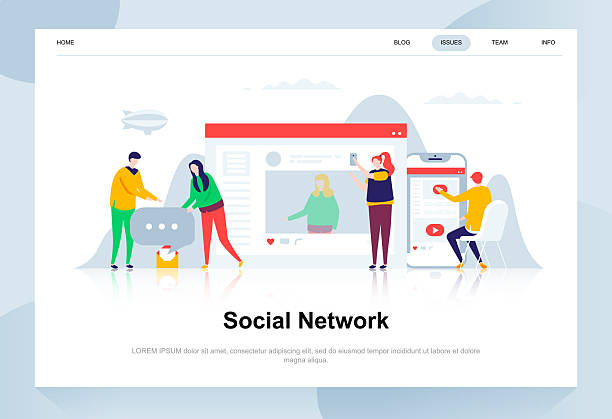
Even with the best secure website design approaches, the possibility of security incidents is not completely eliminated.
Therefore, having a #security_incident_response_plan and a #data_recovery strategy is essential for every organization and website.
An incident response plan helps an organization react quickly and effectively in the event of a security breach.
This plan includes steps for incident identification, containment, root cause analysis and eradication, and finally, system and data recovery.
One of the most important aspects of data recovery is regular and secure data backup.
Backups must be stored in separate, secure locations and be capable of quick and complete recovery.
Regular testing of backup and recovery processes is also vital to ensure they work correctly when needed.
In the event of an incident, transparent communication with users and relevant authorities (if necessary) is crucial to maintain trust and prevent legal consequences.
Learning from each incident and implementing necessary changes in policies and systems to prevent its recurrence is an inseparable part of the security lifecycle.
Securing a website means being fully prepared for any scenario, even the worst ones.
The Future of Secure Website Design and New Challenges

The world of #cyber_security is constantly evolving, and with the emergence of new technologies, new challenges arise for secure website design.
#Future_security_trends include increased use of Artificial Intelligence (AI) and Machine Learning (ML) for real-time threat detection and response.
These technologies can detect suspicious traffic patterns with higher accuracy and automatically strengthen defenses.
The Internet of Things (IoT) and the proliferation of connected devices have also created new battlegrounds for cyber attacks, as many of these devices have inherent security vulnerabilities and can be used as entry points to attack websites and networks.
Quantum Computing also poses a long-term challenge, as it will be capable of breaking current encryption algorithms, necessitating the development of new encryption methods (Post-Quantum Cryptography).
Another challenge is the increasing complexity of cloud and microservices architectures, which require new and distributed security approaches.
Given these developments, improving website security requires continuous updating of knowledge and tools.
Web security professionals must constantly learn and adapt to the latest advancements and threats to provide effective solutions for protecting websites against future challenges.
Frequently Asked Questions
| No. | Question | Answer |
|---|---|---|
| 1 | What does secure website design mean? | Secure website design refers to a set of measures and methods used to protect a website against cyber attacks, unauthorized access, data breaches, and other security threats. Its goal is to maintain the confidentiality, integrity, and availability of information. |
| 2 | Why is website security important? | Website security is vital for maintaining user trust, protecting sensitive information (such as personal and financial data), preventing financial losses, preserving brand reputation, and complying with legal regulations (such as GDPR). A security breach can lead to customer loss and heavy penalties. |
| 3 | What are some of the most common security attacks against websites? | The most common attacks include SQL Injection, XSS (Cross-Site Scripting), CSRF (Cross-Site Request Forgery), Brute Force, DDoS attacks, Broken Authentication, and Missing Function Level Access Control. |
| 4 | What is the role of an SSL/TLS certificate in website security? | An SSL/TLS certificate (which leads to HTTPS addresses) is used to encrypt data exchanged between the user and the website server. This prevents eavesdropping or tampering with sensitive information such as passwords and credit card details during transmission and verifies the website’s identity. |
| 5 | How can SQL Injection attacks be prevented? | To prevent SQL Injection, Prepared Statements or ORM (Object-Relational Mapping) with validated parameters should be used. Also, strict filtering and validation of user inputs (Input Validation) and applying the principle of least privilege in the database are essential. |
| 6 | What is HTTP Strict Transport Security (HSTS) protocol and how does it help security? | HSTS is a web security policy that tells browsers to load a website only through an HTTPS connection, even if the user enters the address with HTTP. This prevents Downgrade attacks and cookie theft on public Wi-Fi networks. |
| 7 | What is the importance of regularly updating software and plugins in website security? | Regularly updating the Content Management System (CMS), plugins, themes, and other software components of the site is crucial to fix discovered security vulnerabilities. Developers continuously release security patches, and failure to update can leave the site vulnerable to known attacks. |
| 8 | What measures can be taken to increase the security of the website administration section (admin panel)? | Changing the default admin panel path, using strong passwords and two-factor authentication (2FA), restricting access to specific IPs, using CAPTCHA on login pages, monitoring logs, and continuous CMS updates are among these measures. |
| 9 | Why is filtering and validating user inputs (Input Validation) important? | Filtering and validating inputs help prevent the injection of malicious code or unauthorized data through forms, URLs, or other user input sections. This prevents attacks like XSS and SQL Injection that exploit invalid inputs. |
| 10 | Name some common tools or services for checking and increasing website security. | Tools such as Web Application Firewall (WAF), vulnerability scanners (e.g., Acunetix, Nessus), Intrusion Detection and Prevention Systems (IDS/IPS), CDN services with security features (e.g., Cloudflare), and periodic Penetration Testing can enhance website security. |
And other advertising services of Rasaweb Advertising Agency
Smart Conversion Rate Optimization: A dedicated service for growing customer acquisition based on precise audience targeting.
Smart Marketing Automation: A fast and efficient solution for customer acquisition, focusing on custom programming.
Smart Reportage: A combination of creativity and technology for analyzing customer behavior through user experience customization.
Smart Brand Identity: A new service for enhancing customer behavior analysis through the use of real data.
Smart Marketplace: Designed for businesses seeking to increase sales through user experience customization.
And over a hundred other services in internet advertising, advertising consultation, and organizational solutions
Internet Advertising | Advertising Strategy | Advertorials
Resources
Secure Website Design Guide
Increasing Website Security
Principles of Secure Website Design
Security Tips for Website Design
? Are you ready for your business to grow and shine in the digital world? Rasaweb Afarin Digital Marketing Agency, with its expertise and experience in Search Engine Optimization (SEO), smart social media management, and also personal website design, paves your path to the peaks of success. We guarantee a powerful and impactful presence for your brand with innovative and creative solutions.
📍 Tehran, Mirdamad Street, next to Bank Markazi, Kazeroun Jonoubi Alley, Ramin Alley No. 6



